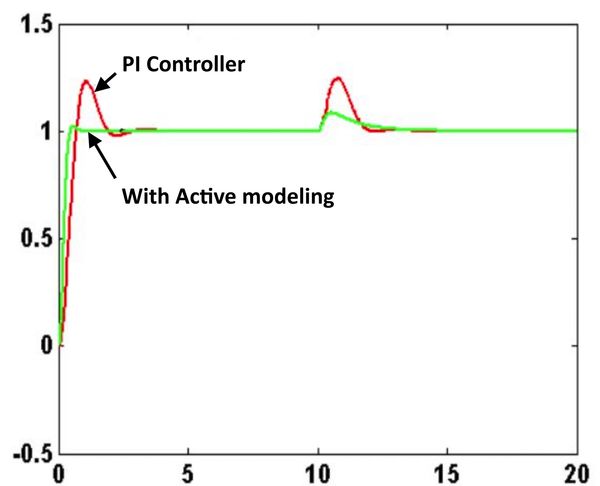The Chalenges of Modeling Vacuum

Modeling Vacuum
APC control has challenged control experts for many reasons. The most direct obstacle is that we have limited measurement. Pressure gauges are limited by their inability to measure pressure directly at the point of interest and thus suffer bandwidth limitation due to the gauge plumbing. Therefore, to compensate for the lack of measurement bandwidth, creating a model of the chamber dynamic response for pressure control as always been a point of focus. To that end, one will quickly realize that the vacuum chamber has a lot of unknown dynamics. Fundamental principles such as the rate of change formula, and the conservation of mass formula do apply and provide a structure on which to develop a model for control. However, Vacuum is also driven by stochastic rules due to the scracity of gas particles in the chamber making the ideal gas law unsuitable.

The Estimation Method
Several approaches have been investigated to improve the modeling of the chamber dynamic response. One approach involves the decomposition of the chamber into several nodes from the upstream to the downstream. Under that method, we assume that at any instant in time the pressure in the chamber will be stratified. This assumption leads to the concept of an estimator composed of multiple nodes to estimate the vertical distribution of pressure inside the chamber due to all the equipment and obstruction present inside the chamber. As such we are building a real time dynamic picture of how the gas can progress through the chamber. This allows to anticipate the position of the valve in a predictive mode.

Making it Work in Real Time
The challenge of an estimator as described above is that the computing workload imparted on the control unit becomes important. It is similar to running a one-dimensional computational-fluid-dynamic (CFD) to compute relevant pressure at each node with, the pressure estimation at each node being determined by the conductance which itself dependent on pressure. Such recursive computation is available to desktop applications and will produce accurate modeling even for low pressure low velocity flow. The difference is none of them are capable to be completed at a rapid pace (less than 1ms) to encompass the system dynamic pressure response precisely and in real time. The research is still ongoing to refine the practicality and the validity of the real time computation. Further work would then focus on handling external events such as plasma reaction inside the chamber.
INOVITA PTE LTD
16 Jln Kilang Timor, #02-03 Singapore, 159308
Copyright © 2019 INOVITA PTE LTD - All Rights Reserved.